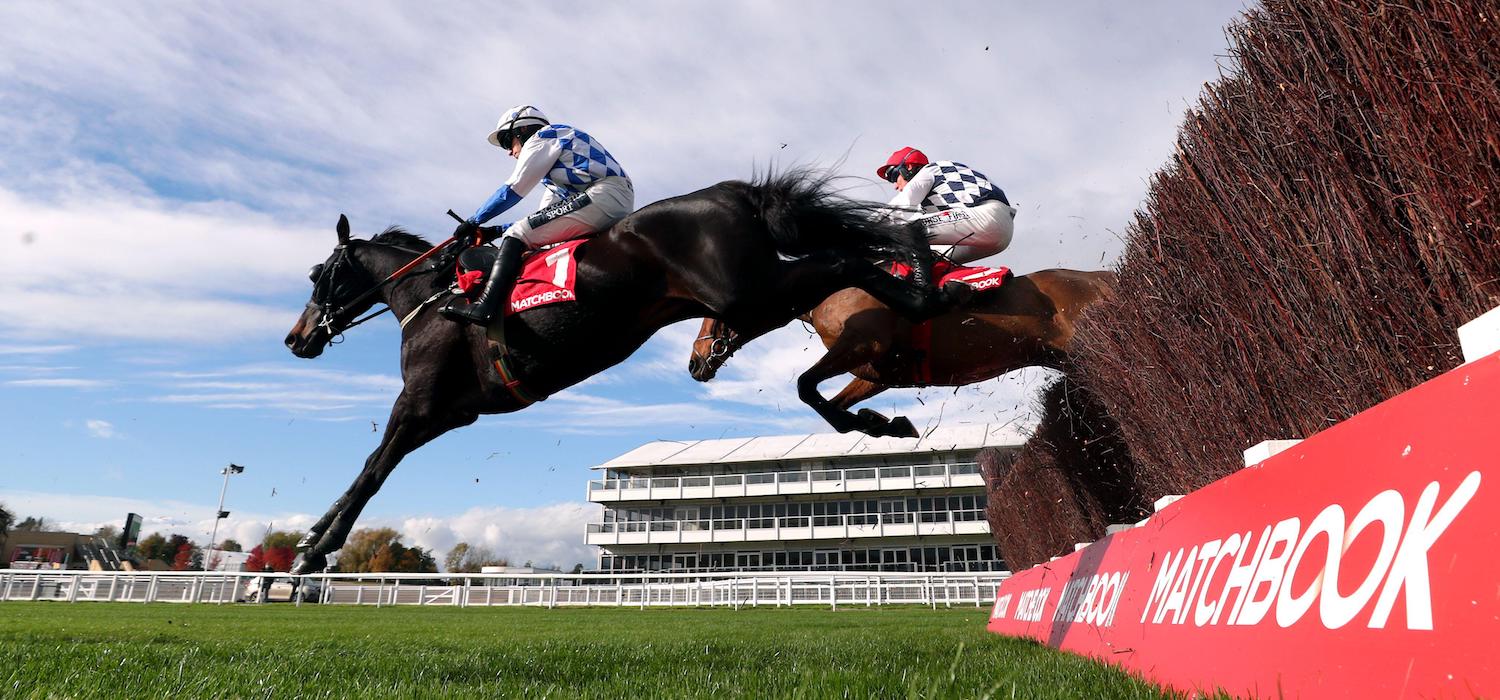
Studying the form is an integral part of picking winners and here we show you how to turn those numbers and letters into betting profit
With thousands of races taking place every year on Britain’s 59 racecourses, not even the most dedicated professional gambler or racing geek could hope to keep track of all the action. That’s why form study is crucial to try to deduce how an upcoming race will pan out and, more importantly, help find the winner.
To the left-hand side of a horse’s name on a race card, you will find the form figures.
The numbers read from right to left and denote the horse’s finishing positions in its previous races with the furthest right result being the most recent.
So a form guide that reads 4893241 means a horse finished first in its last race, fourth in the one before, second in the one before that and so on. It’s really that simple, but there are a few additional terms you need to be aware of.
A bold number on a flat card means that run was on an all-weather track. The same on a jumps card means it was a point-to-point course. Figures to the left of a hyphen means this form relates to the previous season while a forward slash represents two seasons ago.
So a form guide that reads 48/932-41 means a horse finished first in its last race, fourth in the one prior to that, second in its last race the previous season and so on.

There are a few differences between reading the form on a jumps card in comparison to flat racing.
Deciphering the Code
To the right of the horse’s name you will find some handy abbreviations relating to its past performances:
- CD = has won over course and distance
- C = course winner
- D = distance winner
- BF = was a beaten favourite last time out
As well as figures, various letters explain why a horse never managed to finish a particular race, although these are much more likely to be encountered on a jumps card as fences add another layer of unpredictability to proceedings.
- F = fell
- P = pulled up
- U = unseated rider
- R = refused
- C = carried out
- L = left at start
- O = ran out
- B = brought down
- S = slipped
- V = void race
- D = disqualified
Beyond the Numbers
When assessing form it’s important not to just take the figures at face value; you have to dig a little deeper to put previous finishing positions into context because A plain number often doesn’t tell the full story.
Just because a well-fancied favourite finished sixth last time out, you shouldn’t immediately dismiss its chance this time.
The disappointing result could have been because the horse and jockey suffered interference when cruising, got trapped in on the rail, or perhaps the rider dropped the whip on the run-in.
In reality, there could be any number of reasons to explain a below-par performance, including before the off.
The horse could have sweated up in the parade ring, been handed a tricky draw, or missed the break entirely when the starting stalls flung open, scuppering its chances of winning. Equally, a horse could have recorded an improbable win after the clear leader was spooked for some unknown reason and veered sharply right.
Ultimately, the form figures don’t offer a full representation of previous runs. And it’s absolutely vital you look beyond them for a true picture.
You can do this through interactive racecards on http://www.sportinglife.com/racing/racecards, http://www.racingpost.com/, or https://www.timeform.com/horse-racing/ where you can drill down into historic data for each horse.

 Bet Now
Bet Now
Every Second Counts
In flat racing, the form can also misrepresent the true ratings of a horse as margins between winning and finishing unplaced can be very small indeed.
A five-furlong sprint – the minimum trip for races in the UK – only lasts around a minute, meaning the difference between the winner and an unplaced horse in fourth could be as little as two seconds – sometimes less.
This means you should always look a little deeper and if possible watch the races in question.
Replays are available on several sites including SportingLife. A fourth-placed runner may be crying out for six furlongs and was just getting into its stride when passing the winning post. In hindsight, 4th was probably an expected result over a less than ideal distance, but some casual bettors may dismiss this as a bad run.
Also, consistent finishes need to be properly assessed.
A horse with form figures of 2222 could well lead you to suspect this nag is knocking on the door and bound to win sooner or later. Probably, but if you watched the races in question or pored over the form it could reveal that this horse lacks pace in the final furlong.

Given the nature of the shorter races there are some fine margins in flat racing!
Bouncy Bouncy
Something else to consider with form is what is known in racing circles as ‘The Bounce Factor’.
This is where a horse has not set foot on a track for an extended period, say a couple of hundred days, though its prep work in the yard is good and on its reappearance canters to a comfortable victory.
You back the horse next time out but it runs dismally, leaving you scratching your head.
A long layoff followed by a win and then a poor run is a fairly common occurrence, which is why it has its own term.
It’s just like if you undertook physical exercise following a protracted break. Afterwards, your muscles and joints will probably be sore and stiff, which would likely impede your ability to perform to the same level next time. Again, this might not be obvious from a quick look at the form.
Forming an Opinion
There is a lot more to bear in mind when studying form, not least the track the horse was racing at.
UK racetracks are often distinctive in terms of layouts and vary between right-handed and left-handed with each holding their own unique characteristics. And there are true course specialists in both flat and jumps racing.
It’s important to remember that form study isn’t a precise science and that horses aren’t machines; they are animals and just like us they have their off days.
A horse with a neat row of duck eggs for form figures will pull off the odd shock win. It’s times like that when the formbook goes out the window.
Racing’s myriad of constantly changing variables makes the sport so alluring, unpredictable and frustrating in equal measure for form judges.
But your first port of call should always be the form guide. The trick, however, is not to see those few numbers and letters as an answer but the starting point for some more questions that should help you decipher even the trickiest betting puzzles.
Subscribe to the Matchbook Betting Podcast here
Subscribe to the Matchbook Youtube channel here







